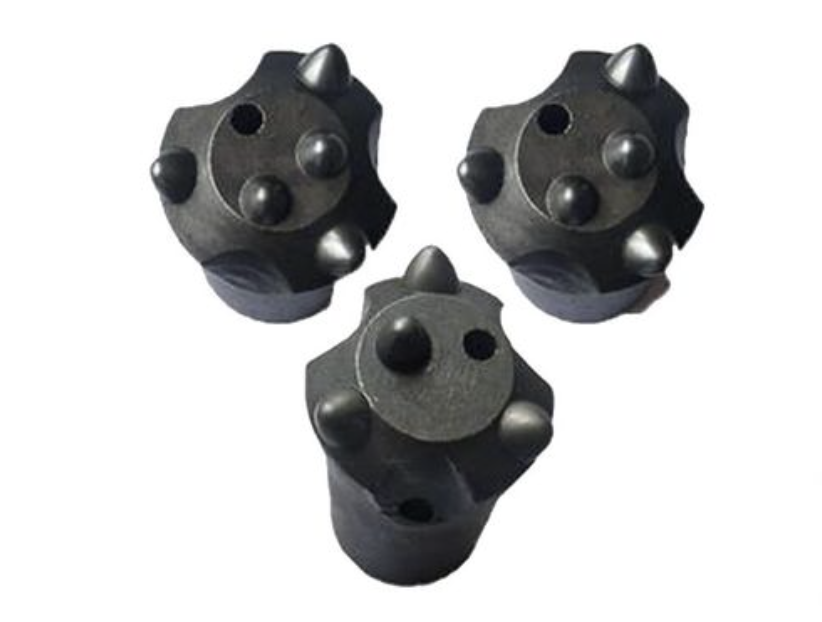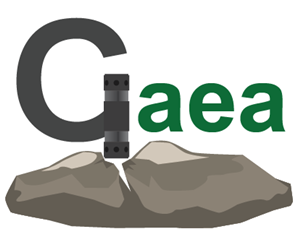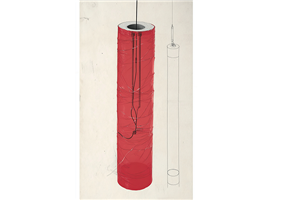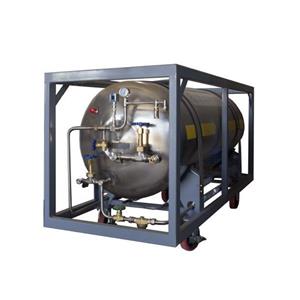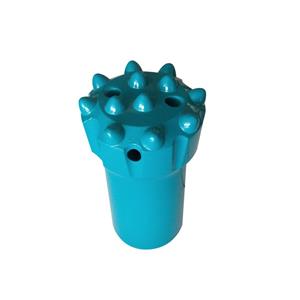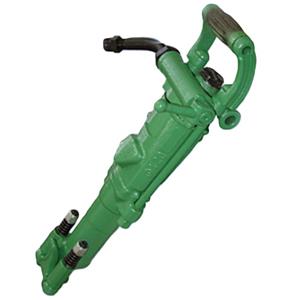Low rock-drilling efficiency? Start with rock properties. Match equipment parameters in 4 steps to solve rock-breaking problems.
Adjust drilling parameters around rock hardness, and coordinate three primary factors — impact pressure, rotational drilling speed, and feed (thrust) pressure — then verify fit with a temperature check. Practical steps:
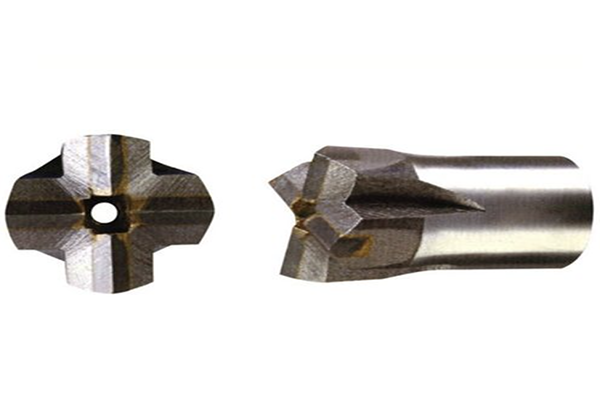
Set impact pressure based on rock hardness
Impact pressure determines breaking force and must match rock hardness.
Hard rock (e.g., granite, quartzite): increase impact pressure. Dense structure requires stronger impacts to break rock effectively; insufficient impact wastes time and may accelerate bit wear.
Soft or friable rock (e.g., shale, sandstone): reduce impact pressure. Excessive impact over-fragments the rock, wastes energy, risks hole-wall collapse, and can damage the bit shank and bit by impact overload.
Set drilling (rotational) speed according to impact pressure and bit diameter
Drilling speed must work together with the chosen impact pressure and fit the bit diameter.
Hard rock + high impact pressure: slow the rotational speed. High cutting resistance in hard rock means too fast rotation can cause uneven rotation, increase risk of rod bending, and prevent full utilization of impact energy, reducing efficiency.
Soft rock + low impact pressure: moderately increase rotational speed. Fragments are easier to evacuate and higher speed improves cuttings removal, preventing build-up in the hole. Do not run speed too high to avoid overheating and shortening bit life.
Fine-tune feed (thrust) pressure after starting the hole
Feed pressure keeps the bit in solid contact with the hole bottom; adjust dynamically until rotation is smooth and stable.
Hard rock: slightly increase feed pressure. If feed is too low, the bit may gap from the bottom and produce “air blows” (ineffective impacts), so impact energy is not transferred.
Soft rock: control and possibly reduce feed pressure. Excessive feed forces the bit too deep into weak rock, distorting hole shape or causing stuck rods. If rotation stalls or bit-shank lifespan shortens, gradually lower feed pressure until operation is stable.
Verify parameter fit by checking shank/coupling sleeve temperature
After adjustments, monitor the temperature of the bit-shank/connection sleeve to judge whether settings suit the rock and flushing method:
Water flushing (suitable for many rocks, especially soft rock to reduce dust): target connection-sleeve temperature ≈ 40°C.
Air flushing (better for hard rock, high cuttings evacuation): target connection-sleeve temperature ≈ 60°C.
If temperature is too high, impact pressure or feed pressure may be excessive, causing increased friction and wear. If temperature is too low, impact energy may be insufficient — revisit and increase relevant parameters until temperatures and operation are within the expected ranges.
